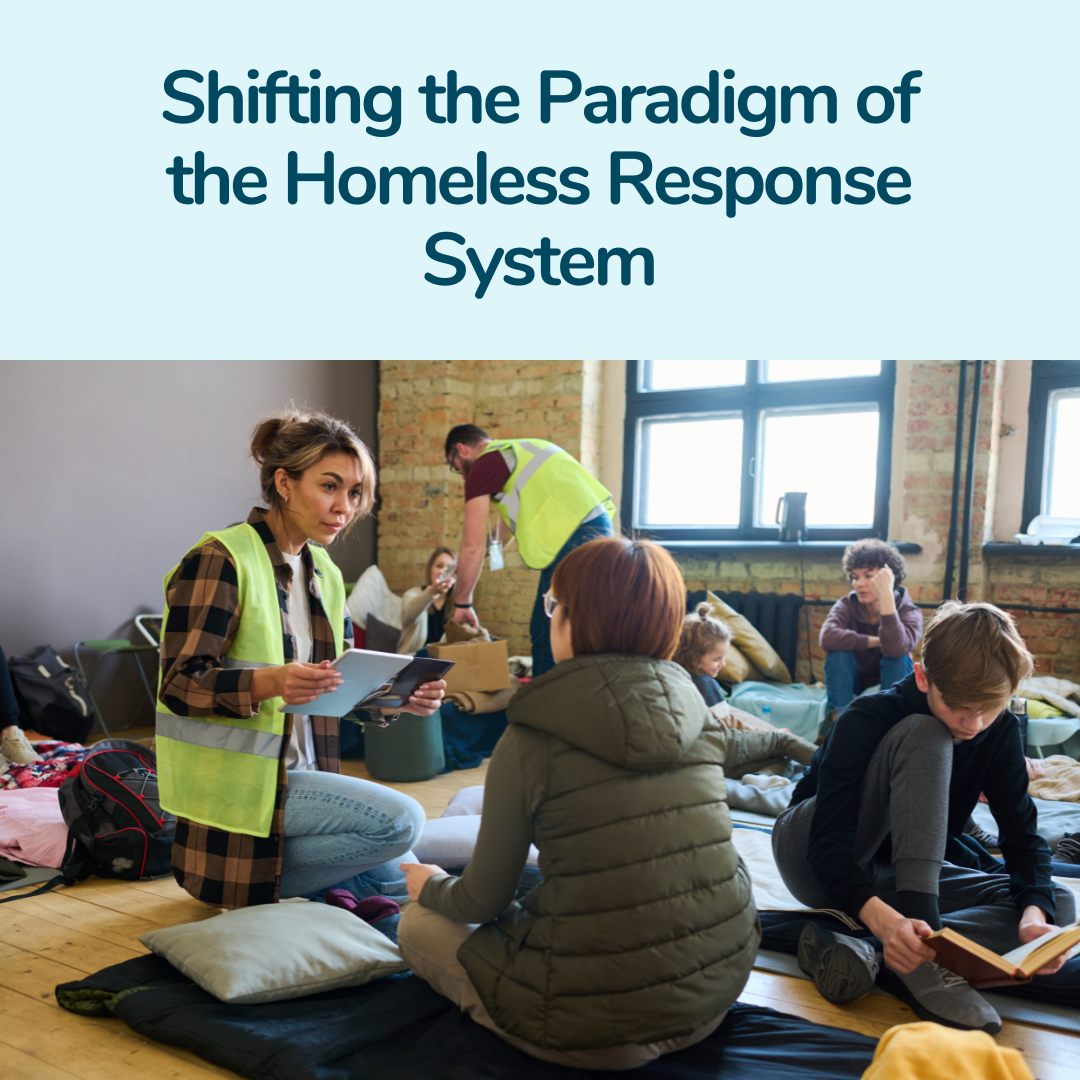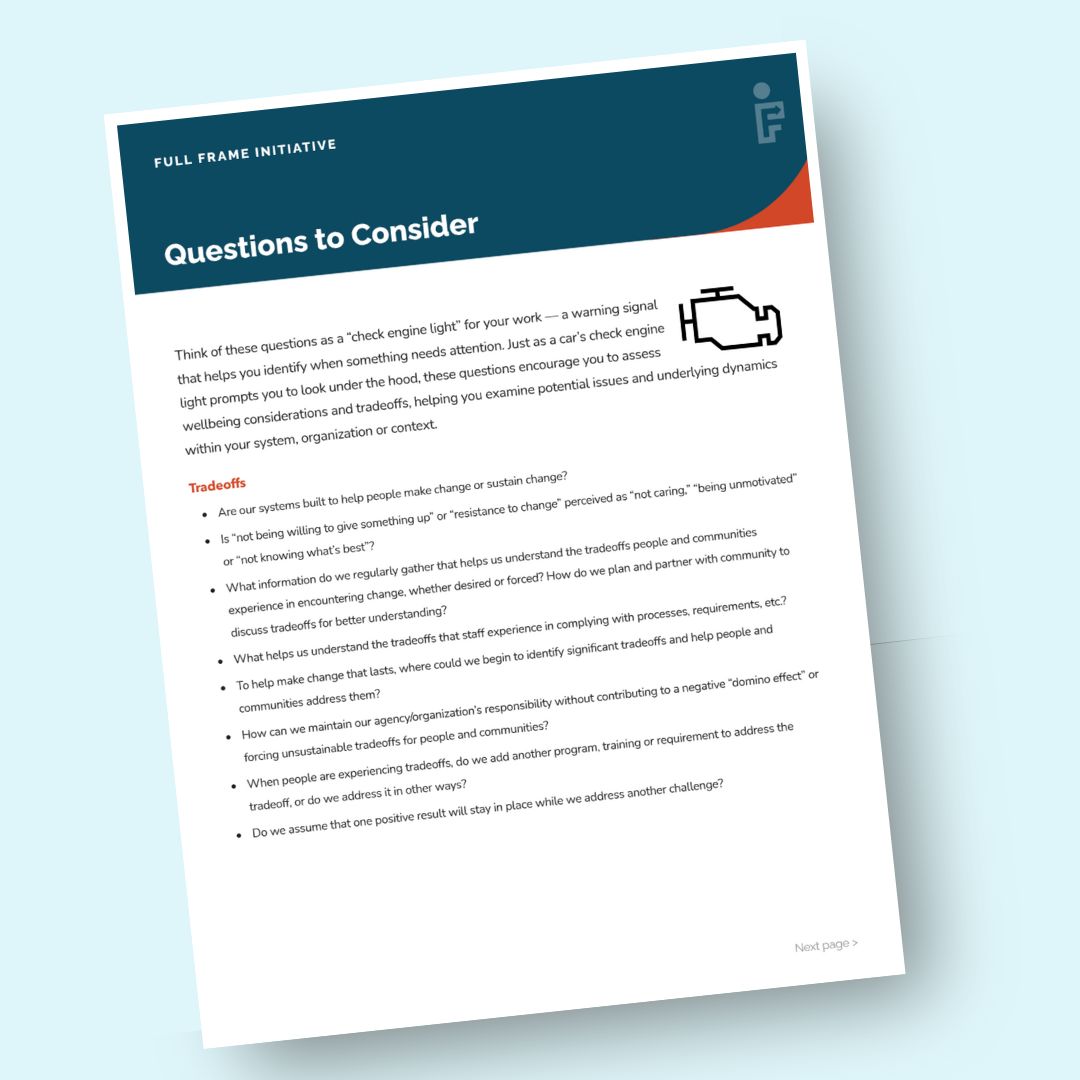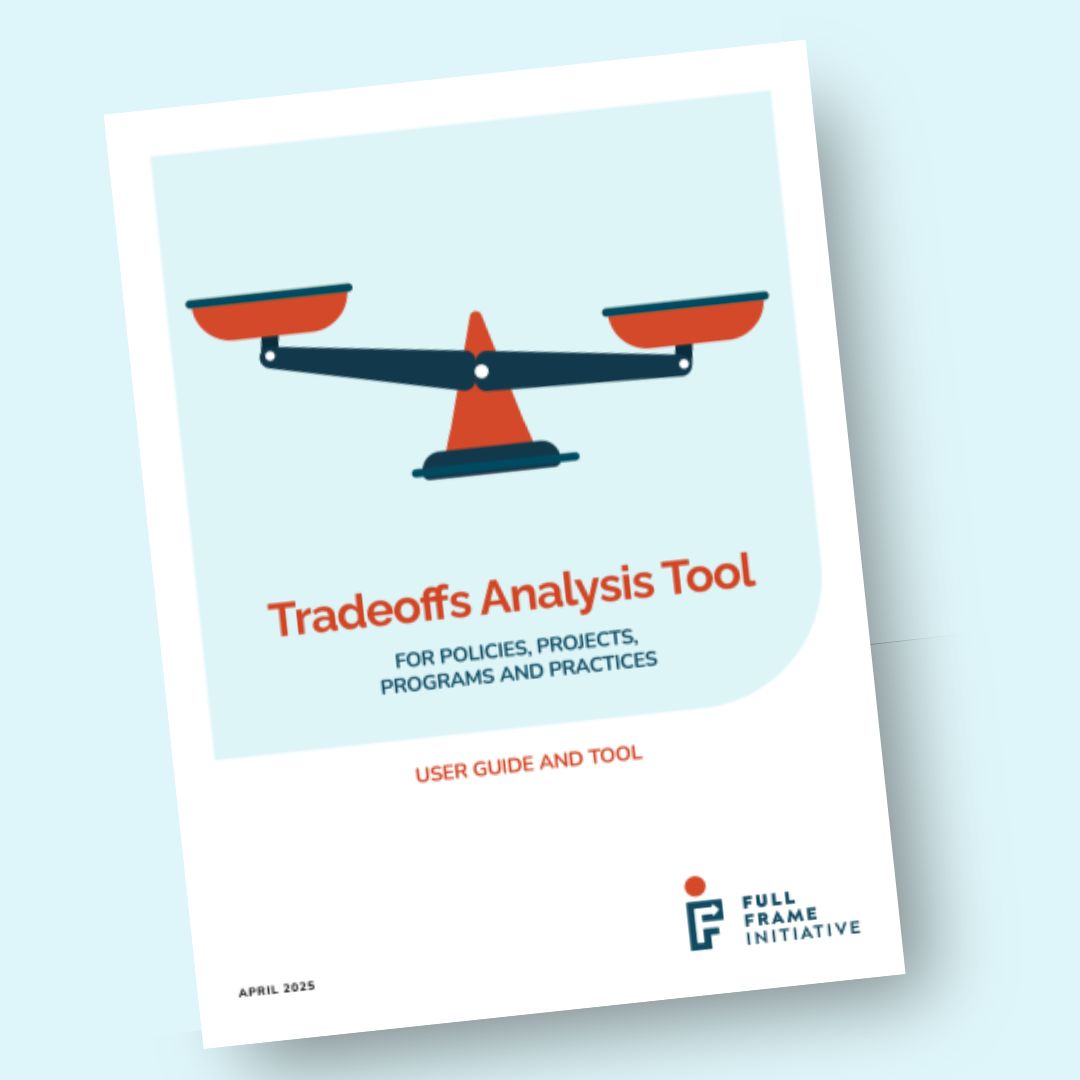
What could it look like to push back on harmful narratives about homelessness and create a homeless response system rooted in community and wellbeing? One place to start is with Continuums of Care. Continuums of Care are federally mandated entities that are responsible for the oversight and operation of regional homeless response systems across the country. They decide how funds will be deployed and what types of programs will be implemented. They also influence local values and narratives, such as why homelessness is so prevalent and whose voices matter the most.
In a region with one of the largest populations of people in need of housing, Seattle-King County is harnessing the power of Continuums of Care to do things differently. Nationally recognized as one of the most diverse oversight boards in the country, Seattle-King County’s Continuum of Care is led primarily by people with lived experience of homelessness. It’s also the first Continuum of Care to adopt a wellbeing approach in addressing homelessness. The board uses wellbeing design principles and the Wellbeing Blueprint to shape policy and re-procurement strategies. By partnering with people with lived experience, the board is co-creating programs and services that are contracted with the regional homelessness authority. The board is also advocating for elected officials and the media to be held accountable for harms inflicted on BIPOC and economically disadvantaged communities who are disproportionately impacted by homelessness.
This is a paradigm shift in our homeless response system. We’re breaking with the status quo of blaming individuals for homelessness and instead orienting our systems toward wellbeing.
”

Seattle-King County is already seeing positive changes as a result of this new approach. Seattle struggled to utilize vouchers to quickly move people from the streets into housing early in the pandemic. Now, the region has some of the best utilization rates in the country. What changed? Seattle housing agencies tried something different by dedicating more staff and funds to help people find housing, as well as simplifying the application and move-in processes for obtaining housing. “This is a testament to our Continuum of Care’s values of centering community and leading with lived experience,” says Bauman.
Seattle-King County is co-creating a homeless response system that is adaptive to the needs of the community’s most vulnerable members – and it all starts with wellbeing.

This tool offers a set of questions related to tradeoffs and the Five Domains of Wellbeing that you can use as a “check engine light” for you and your work.

Use this tool to identify how a specific policy, project, program or practice will impact different stakeholders’ wellbeing, allowing you to anticipate and address unsustainable tradeoffs.

Learn how domestic violence practitioners can shift from a singular focus on short-term safety toward increasing survivor safety in the context of creating opportunities to support long-term wellbeing.